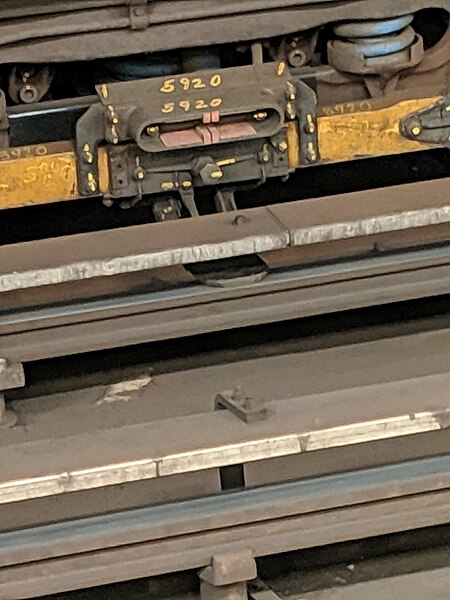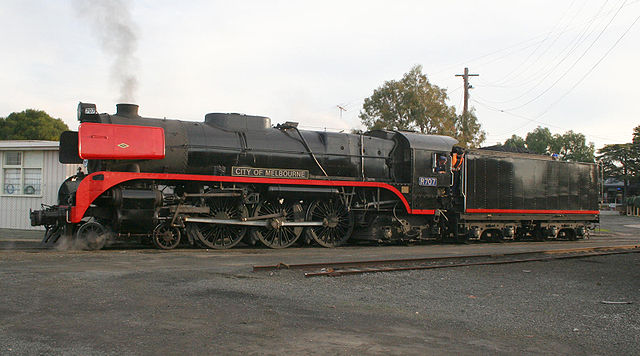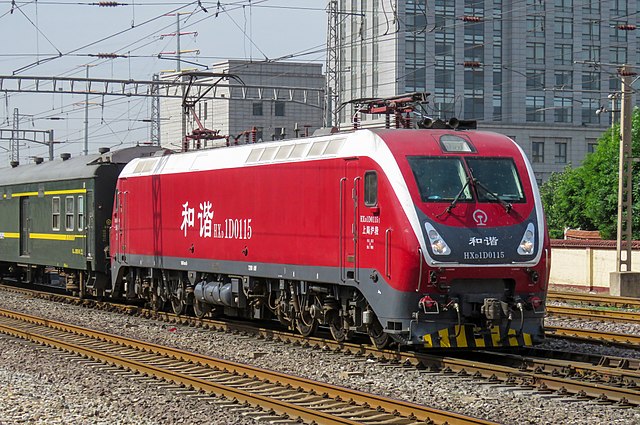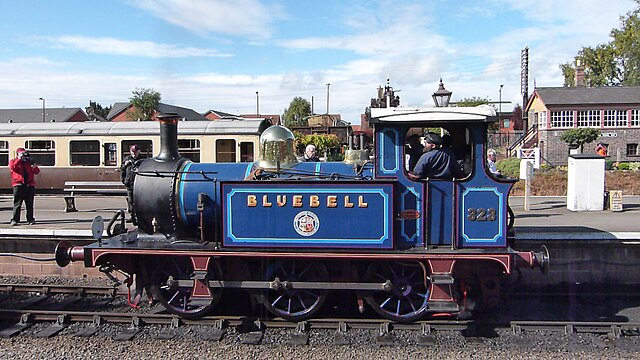A third rail, also known as a live rail, electric rail or conductor rail, is a method of providing electric power to a railway locomotive or train, through a semi-continuous rigid conductor placed alongside or between the rails of a railway track. It is used typically in a mass transit or rapid transit system, which has alignments in its own corridors, fully or almost fully segregated from the outside environment. Third-rail systems are usually supplied from direct current electricity.
A British Rail Class 442 third-rail electric multiple unit in Battersea.
The contact shoe of a New York City Subway car making contact with the third rail. In the foreground is the third rail for the adjacent track.
Third rail (top) at Bloor-Yonge station (Line 1) on the Toronto subway. Energized at 600 volts DC, the third rail provides electrical power to the power-train, and ancillaries of the subway cars.
Paris Métro. The guiding rails of the rubber-tyred lines also function as current conductors. The horizontal contact shoe is between the pair of rubber wheels.
A locomotive or engine is a rail transport vehicle that provides the motive power for a train. If a locomotive is capable of carrying a payload, it is usually rather referred to as a multiple unit, motor coach, railcar or power car; the use of these self-propelled vehicles is increasingly common for passenger trains, but rare for freight trains.
Pacific National diesel locomotives in Australia showing three body types, cab unit (front), hood unit (middle) and box cab (rear)
A Victorian Railways R class steam locomotive in Australia
A China Railways HXD1D electric locomotive in China
Wainwright SECR Class P on the Bluebell Railway, England








